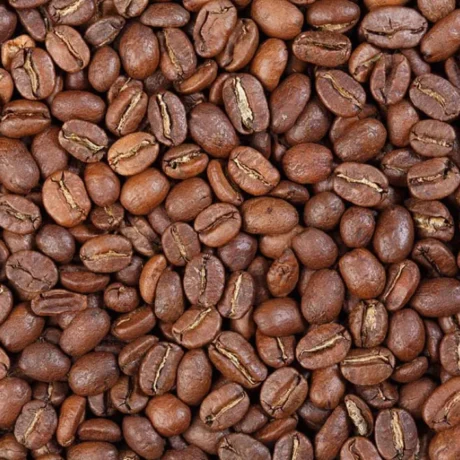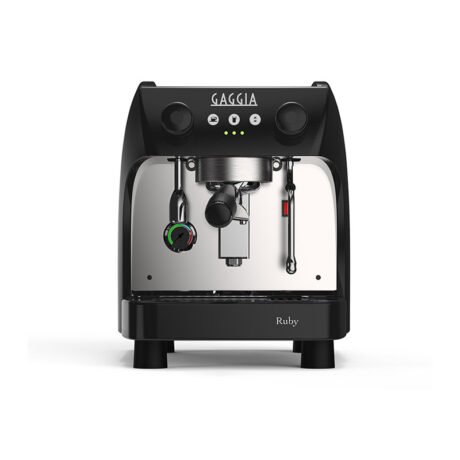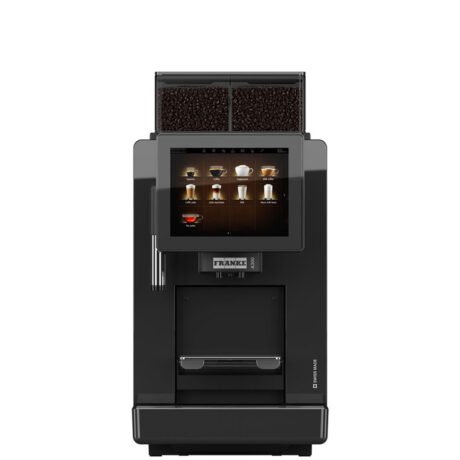You pour your morning coffee and take that first warm, comforting sip. But today, it tastes… different. Brighter, like a splash of citrus. The next day, the same beans feel deeper, smokier. What changed?
Welcome to the world of Bali Kintamani coffee roasting and brewing — where how you roast and brew reveals completely new dimensions of flavor. If you’ve ever wondered why the same beans can taste wildly different, you’re not alone. The answer lies not just in the beans themselves, but how you bring them to life.
Let’s explore the hidden layers behind every cup of Kintamani coffee and how to unlock its full potential.
What Makes Bali Kintamani Coffee So Special?
Bali Kintamani coffee comes from the fertile volcanic highlands of North Bali, grown 1,200 meters above sea level. This unique terroir gives the beans their signature flavor — citrusy brightness, gentle acidity, and a sweet, clean finish.
Unlike earthy Sumatran coffees, Kintamani beans offer a taste of sunshine and elevation. Farmers in the region often use organic and traditional Balinese cultivation methods, supported by community cooperatives. The result? A bean that reflects Bali’s soul in every sip.
But here’s the catch: flavor isn’t fixed. It changes with how you roast and how you brew. That’s where understanding Bali Kintamani coffee roasting and brewing becomes essential.
Roasting Profiles: Light, Medium, or Dark?
Roasting is the first major transformation. It’s not just about turning green beans brown — it’s about developing sweetness, aroma, acidity, and bitterness.
Light Roast
- Flavor: Fruity, citrusy, floral
- Best for: Cold brew or pour-over
- Preserves: Phenolic compounds and acidity
Medium Roast
- Flavor: Balanced, nutty, cocoa
- Best for: French press or filter
- Ideal if: You want both body and brightness
Dark Roast
- Flavor: Bitter, roasty, smoky
- Best for: Espresso, milk-based drinks
- Reduces: Acidity, increases body
In the context of Bali Kintamani coffee roasting and brewing, choosing the roast level sets the tone. Light roasts let the citrus and fruit shine, while dark roasts lean into boldness and intensity.
Brewing Methods: Hot vs. Cold
Once roasted, your next choice is how you brew. This changes the extraction, body, sweetness, and even caffeine levels.
Hot Brewing (e.g., French Press)
- Pros: Rich body, higher caffeine, bold flavors
- Taste: More bitterness and acidity
- Best for: Dark and medium roasts
Cold Brewing
- Pros: Smooth, sweet, low acidity
- Taste: Balanced and refreshing
- Best for: Light roast Kintamani coffee
According to a study from Universitas Brawijaya, cold brewing enhances the sweetness of light-roasted Kintamani coffee. Hot brews, on the other hand, increase bitterness and acidity, making them ideal for bold flavor seekers.
If you’re just starting, read our full guide to brewing pour-over coffee — it’s a great way to appreciate the clarity of Kintamani beans.
What Science Says: Roasting & Brewing Effects
Roast and brew aren’t just about taste—they change the chemistry of the coffee itself:
- Caffeine content: Highest in medium roast, hot brewed
- Total Phenolic Content (TPC): Higher in light roast, hot brewed
- Acidity (pH): Dark roasts are more alkaline; light roasts are more acidic in flavor
The study found that Bali Kintamani coffee roasting and brewing combinations affect sensory profiles dramatically. Light roast with cold brew? Expect fruity sweetness and delicate notes. Dark roast with French press? Prepare for body and bitterness.
Want to learn how storage affects flavor? Don’t miss our guide on how to extend the life of your coffee beans.
Flavor Breakdown: What You’ll Taste
| Roast + Brew | Taste Profile | Best For |
|---|---|---|
| Light + Cold | Citrus, sweet, clean | Iced coffee, summer sips |
| Medium + Hot | Nutty, cocoa, balanced | Classic coffee drinkers |
| Dark + Hot | Bitter, bold, full-bodied | Espresso, lattes |
Pro Tip: Want fruit-forward iced coffee? Go with light-roasted, cold-brewed Kintamani. Looking for a bold breakfast cup? Try dark roast, hot French press.
At-Home Tasting Idea
Want to truly explore Bali Kintamani coffee roasting and brewing differences? Host a mini tasting:
- Brew three styles: light-cold, medium-hot, dark-hot
- Sip, smell, and compare
- Rate body, acidity, sweetness, and finish
- Share with friends or family!
It’s a fun way to train your palate — and you’ll never look at coffee the same again.
Final Thoughts: Your Brew, Your Way
There’s no one-size-fits-all when it comes to coffee. But when it comes to Bali Kintamani coffee roasting and brewing, knowledge is your secret ingredient. Whether you crave a citrusy cold brew or a bold hot press, you now have the tools to brew better—and bolder.
☕ Which method are you going to try first?





